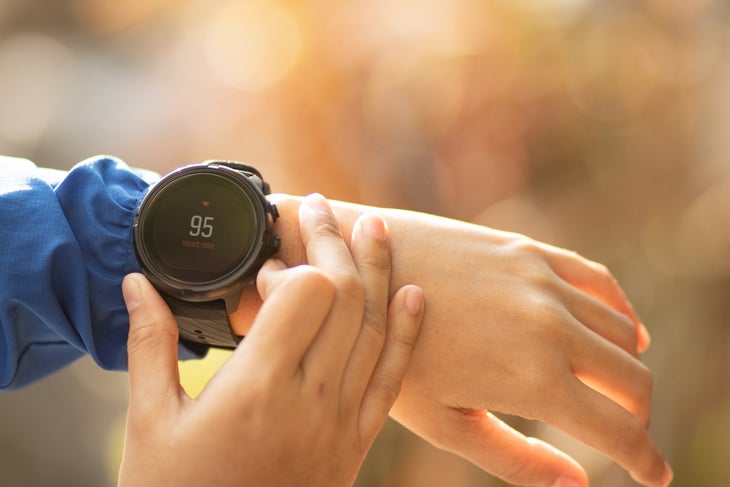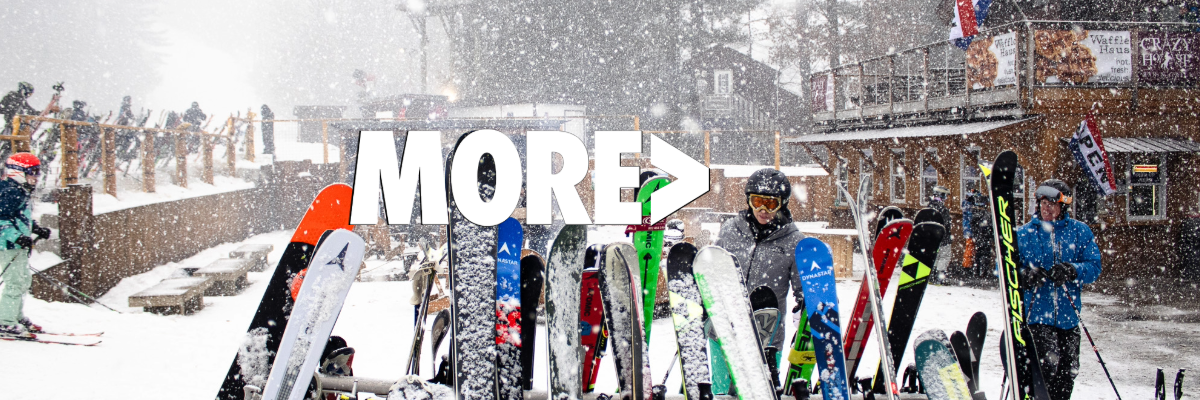Get access to everything we publish when you
sign up for Outside+.
It doesn’t take too many runs for even a skeptical beginner runner to get hooked on running. Running is not only a great workout and will help you feel fitter and healthier faster than nearly any other form of exercise, but it also works wonders for boosting your mood, decreasing stress, and improving your confidence. What may start as a somewhat dubious foray into the sport can quickly escalate to an ardent passion for running. And, because companies are more than happy to cater to the clamoring fan base of eager runners looking to reward their efforts and support their passion for the sport with all sorts of running gear and apparel, there are tons of options for fancy gear for runners these days.
While this is a nice luxury for experienced runners or those with extra money to spend on their running pursuits, gear guides, running gift lists, and even running specialty shops packed to the brim with the latest gadgets and running apparel can be overwhelming for beginners.
How do you know what is truly the best running gear for beginners? What gear do beginner runners really need to get started? One of the perks of running as a sport or hobby is that there’s a relatively low barrier of entry. Compared to sports like skiing, rowing, and certainly triathlon, the running gear beginners need to get started in the sport is minimal (even if running gear guides make you think otherwise!). So, if you’re feeling intimidated by trying to understand what are the necessary pieces of gear and what are fun bells and whistles, keep reading for our guide to the best running gear for beginners.
Essential Running Gear for Beginners
Running gear can include anything from footwear and clothing to technology like watches, personal care items, and safety devices. Below, we share the most essential pieces of running gear for beginners followed by the top pieces of optional running gear.
RELATED: 7 Pieces of the Best Affordable Run Gear Available Now
A good pair of running shoes.
This one is basically a given. Unless you’re committed to trying to emulate the Tarahumara runners or other barefoot runners (in which case, proceed with caution), you’ll need a good pair of running shoes. One of the common questions asked by beginner runners is, “What are the best running shoes?” Unfortunately, there’s no easy answer to that, as our feet and biomechanics are all highly individualized so a pair of running shoes that work well for one runner may just as easily be extremely uncomfortable—or even increase the risk of injury—for another runner. Your best bet for getting the right pair of running shoes for you is to visit your local specialty running shop. The shoe specialists can analyze your gait, look at your form, and recommend running shoes that are best suited for your needs.
RELATED: What You Need to Know About Buying Running Shoes in 2022
A sports bra.
The world of running apparel is vast. There are running shorts, skirts, tights, tops, jackets, vests, and more. Depending on the climate you live in and the weather conditions in which you’ll be running, it’s a good idea to invest in some good running apparel. Athletic wear is made from moisture-wicking materials, so it will keep you cooler, drier, and more comfortable than heavy cotton clothing. However, it’s perfectly fine to start out in any gym clothing or leisure wear you already have lying around. For example, if you’re running outside in cold weather, sweatpants or yoga pants will suffice, but if you have the means, buying some running tights or breathable running pants will probably feel much better. The fabrics are designed to regulate your temperature and resist wind and moisture, while the fit or cut minimizes restriction or excessive flapping as you run.
That said, the one running apparel item that’s essential for women—even for beginners—is a properly-fitting sports bra. Sports bras not only make running more comfortable by reducing bouncing, but they also prevent future sagging. The only natural support for breasts is skin tissue and weak ligaments referred to as Cooper’s ligaments. The excessive jostling from running sans sports bra can overstretch and damage these ligaments over time.
There are many styles of sports bras for runners. We recommend trying some on or getting fitted at your local running shop to find what feels best for your body. A sports bra that doesn’t fit may do little to prevent bouncing or worse, may cause painful chafing.
RELATED: 20 Sports Bras Runners Swear By
Anti-chafing balms.
Speaking of chafing, most beginner runners find out the hard way that friction and sweat in running can lead to some excruciating chafing. Applying a product like Body Glide or Vaseline to areas where your skin rubs together (such as between your thighs and under your arms) can prevent the monster that is chafing: raw, red, inflamed, and irritated patches of skin.
Reflective gear.
If you’re going to be hitting the roads before the sun rises or after it has set, it’s imperative that you’re clad in reflective gear so that drivers can see you. A reflective vest works well because it can be worn over any outfit, from the lightest summer tank top or sports bra to a winter running jacket. There is also reflective running apparel, such as jackets and tights, constructed from reflective materials or that has built-in reflective stitching. These items are nice but less versatile. A running headlamp is also important to ensure you can spot safe footing in the dark.
RELATED: The Best Reflective Gear for Running When It’s Dark
Helpful Gear for Beginner Runners

Once you have your running shoes, sports bra, something to wear, and anti-chafing lube, you’re pretty much good to go. That said, the following items are helpful gear for runners, but each has a work around if you’re not ready to buy the real deal.
A running watch.
While having a running watch is not a necessity, most runners like to keep track of at least the basic data during a run such as how long you’ve been running. A basic sports watch usually has a chrono setting to keep track of how long you’ve been running, and it may even have interval timers so you can set the watch to beep at certain intervals of time (e.g., for cueing you when to transition if you’re running one minute, walking one minute). Higher-end running watches have built-in GPS to keep track of distance. Garmin Forerunner watches, Coros GPS watches, the Apple Watch, and Soleus watches are popular GPS running watches.
Though running watches were, historically, a near-essential piece of running gear for any runner, these days, many beginner runners are perfectly happy using their phone instead of a watch. Smartphones have all the basic functions of any sports watch, plus the added GPS capabilities. Many free or inexpensive apps are available that track your route, heart rate, and run stats, so if you’re looking to save money, consider starting with your phone and saving a big watch purchase for further down the line.
RELATED: What Is Your Heart Rate Supposed to Be, Anyway?
Hydration and fuel.
Unless you’re going to be sticking to short runs only, or running in a park or area with a reliable water fountain, you’ll want a water bottle or hydration pack or belt of some sort. There are tons of options, but you’ll want to see what’s most comfortable and well suited to your training needs.
You may also want to look into fuel for long runs, either in the form of sports drinks, energy bars or gels, or something similar. That said, there are plenty of real food options that work just as well, if not better, than products marketed as running fuel.
Foam roller.
Though certainly not a necessity, a foam roller can help reduce soreness and increase range of motion in tight tissues. If you’re finding yourself feeling stiff and sore after your runs, consider grabbing a foam roller or investing in a nice massage gun.
RELATED: The Right and Wrong Way to Foam Roll
